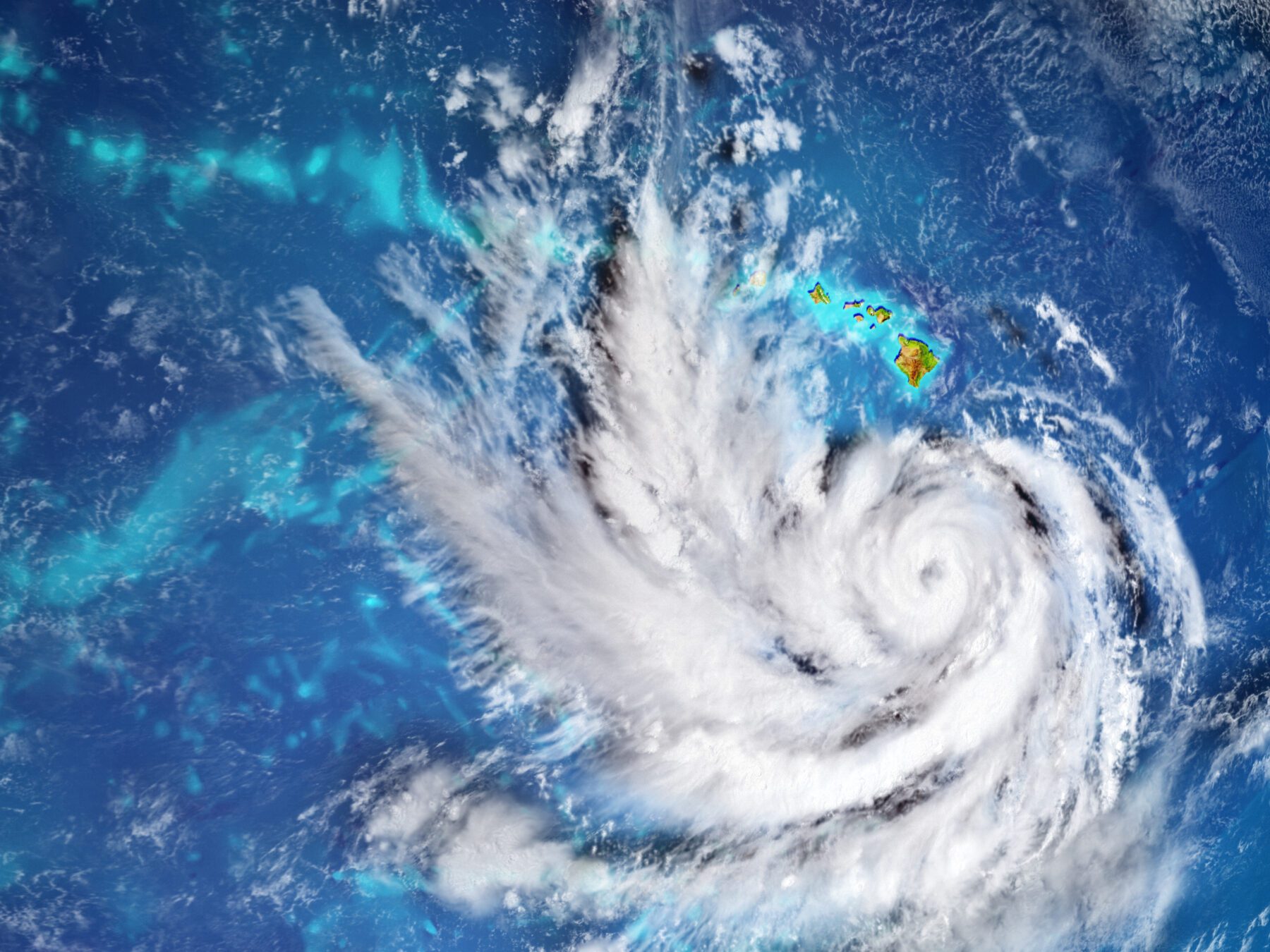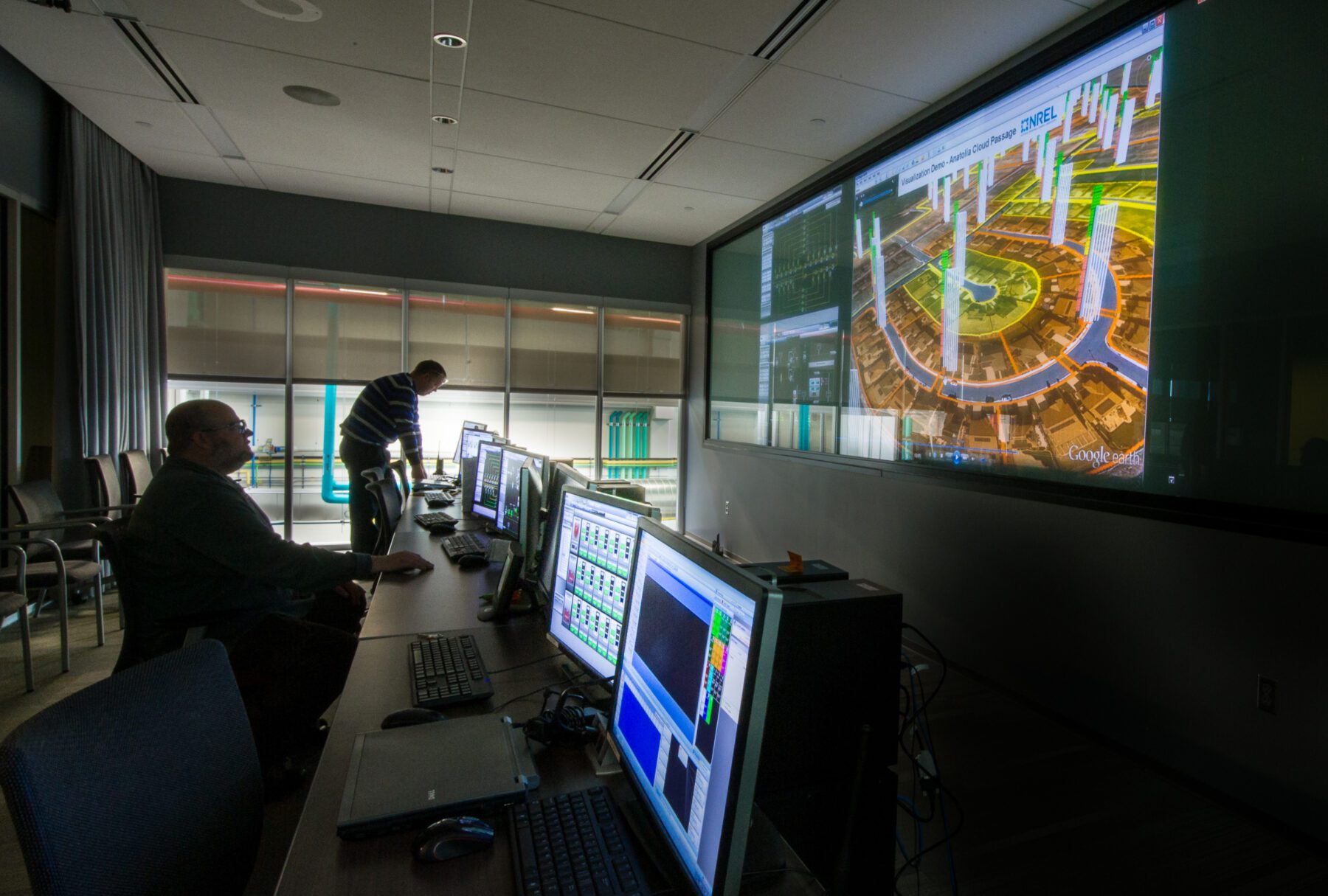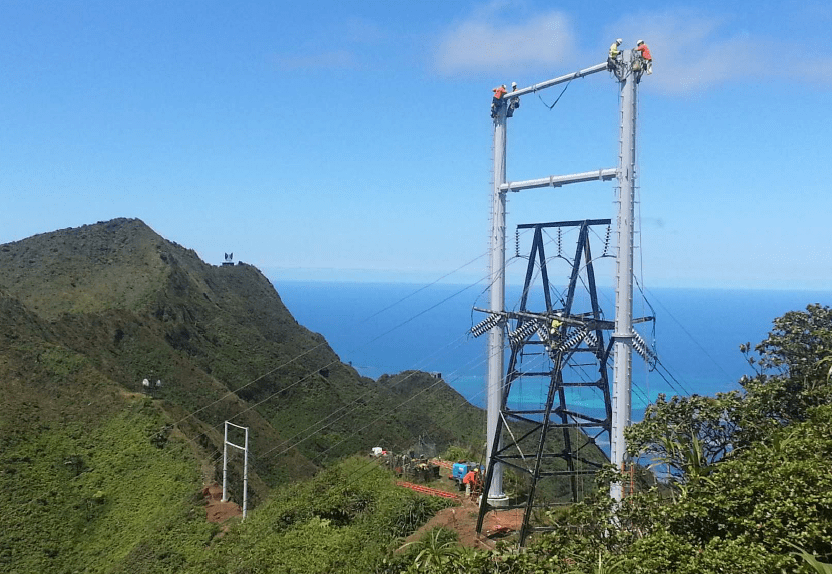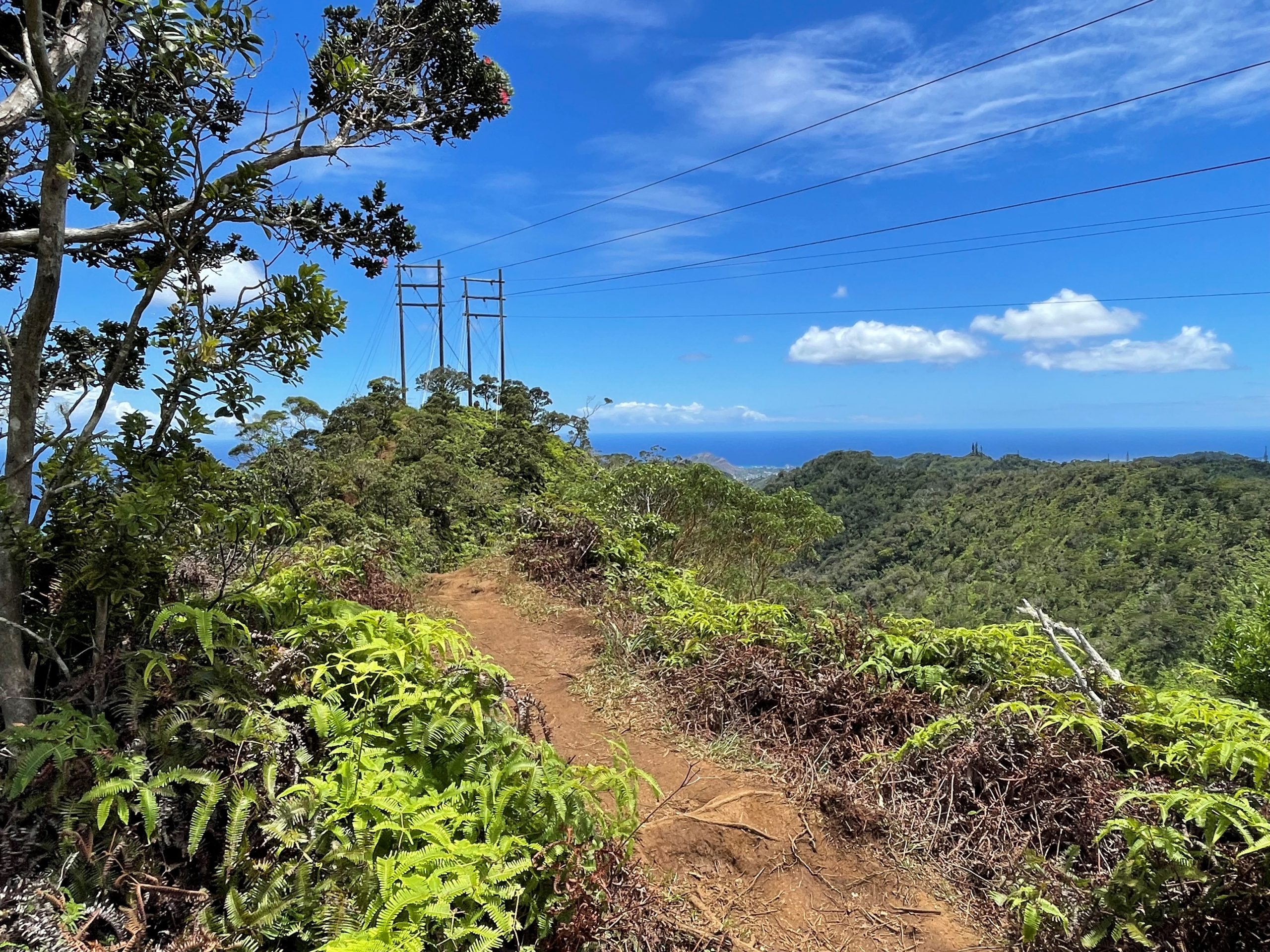
ENERGY ASSURANCE, RESILIENCE, AND SECURITY IN Hawai‘i
HSEO leads the state government’s effort to maintain secure and reliable energy infrastructure and supply in the contemporary energy environment. As the primary and coordinating agency for energy, HSEO works closely with government and industry emergency management and security partners to prepare for, and respond to, all threats that could impact Hawai‘i’s energy systems.
Hawai‘i’s Energy Assurance Program
Hawai‘i’s Energy Assurance Program provides organizational and planning support for energy emergency management. The program facilitates the rapid restoration of Hawai‘i’s energy systems and mitigates the impact of energy shortages.
HSEO staff systematically and proactively track natural, economic, and man-made energy disruption events and homeland security-related incidents that could impact Hawai‘i’s energy supply and delivery. Energy assurance involves both responding to energy supply disruptions and, in the long term, working to enhance the resiliency of Hawai‘i’s energy systems, resources, and markets.

EMERGENCY SUPPORT FUNCTION (ESF-12): ENERGY EMERGENCY AND SHORTAGE RESPONSE
Response and Restoration
The National Response Framework (NRF) is a guide that outlines the Federal government’s response to all disasters and emergencies. Based on the concepts found in the National Incident Management System, the NRF provides structured, consistent alignment of roles and responsibilities and assists communities to develop plans, integrate continuity plans, respond to cascading failure of businesses, supply chains, and infrastructure, and collaborate to stabilize community lifelines and restore services.
Emergency Support Functions (ESFs) provide the structure for coordinating Federal interagency support for a Federal response to an incident. They are a way to group functions that provide federal support to states and federal-to-federal support, both for Stafford Act declared disasters and emergencies and for non-Stafford Act incidents. There is a total of 15 ESFs — energy is ESF 12.
FEMA introduced community lifelines in the fourth edition of the National Response Framework. The community lifelines increase our disaster response capabilities by identifying where there is a breakdown in service and evaluating immediate and potential impacts. Seven of the ESFs, including energy, are classified as community lifelines.
Hawai‘i’s energy systems are vulnerable to a variety of hazards, including tropical storms, hurricanes, flooding, earthquakes, volcanic eruptions, wildfires, and tsunamis; infrastructure failures; pandemics; deliberate physical attacks and cyberattacks; and other high-impact/low-frequency events.
Government agencies and industry participants work hard to prevent and mitigate disruptions, but when circumstances outside of our control disrupt the energy sector, HSEO is prepared to respond appropriately and effectively. HSEO uses emergency management and technical expertise to help overcome challenges inherent in quickly restoring an incredibly complex energy system.
HSEO is the primary coordinating agency responsible for executing the Emergency Support Function #12 – Energy Annex mission. In this capacity, HSEO collects and provides relevant energy information as emergency and shortage events unfold and strives to enhance the situational awareness of the state’s energy infrastructure by developing the technical capabilities required to monitor and respond to potential disturbances in real-time. HSEO facilitates the assessment, reporting, and restoration of damaged energy systems and components when activated by the Hawai‘i Emergency Management Agency for incidents requiring a coordinated state response. In some cases, HSEO coordinates certain legal authorities and waivers on behalf of the governor or the energy sector.


Energy Assurance planning
Energy Emergency Preparedness
The Hawai‘i State Energy Office (HSEO) plans, trains, and coordinates internally and with government and industry stakeholders to coordinate and facilitate the protection of critical energy assets, system resilience, and rapid recovery from threats and hazards. HSEO develops tools to inform and educate officials to support energy emergency response activities. This is done through various forums, training events, planning initiatives, and disaster exercises for energy, emergency management, and homeland security officials to exchange and share information. HSEO regularly partners with local and national organizations to further assist in these efforts, including the County Emergency Management Agencies, energy trade and security organizations, the U.S. Department of Energy, the National Association of State Energy Officials, the Federal Emergency Management Agency, the U.S. Department of Homeland Security, electric and gas utilities, petroleum companies, and other energy companies and “lifeline” organizations.
Photo courtesy of Dennis Schroeder, NREL
Energy Hazard Mitigation and Resilience
Engaging with energy and interdependent community lifeline partners, HSEO seeks to identify and address vulnerabilities in the state’s energy systems and supply chains that have the potential to negatively impact the energy sector. HSEO collects data, analyzes information, and identifies and executes projects related to the protection, hazard mitigation, and improved resilience of Hawai‘i energy infrastructure assets and systems. HSEO seeks to provide the tools and analysis necessary to make compelling arguments for resilience investments and provide this information to critical infrastructure owners and operators, as well as community lifeline entities to pursue resilience funding opportunities.
FEMA’s hazard mitigation grant program was updated and renamed to Building Resilient Infrastructure and Communities (BRIC). BRIC supports states, local communities, tribes, and territories as they undertake hazard mitigation projects, reducing the risks they face from disasters and natural hazards.
The BRIC program’s guiding principles are supporting communities through capability- and capacity-building; encouraging and enabling innovation; promoting partnerships; enabling large projects; maintaining flexibility; and providing consistency.


Grid Resilience Project Funding
Under the Infrastructure Investment Jobs Act, Section 40101(d) and administered by the U.S. Department of Energy, a total of $2.5 billion in formula funds and $2.5 billion in competitive funds are available for building resiliency in the electric grid.
Hawaiʻi is to receive roughly $3 million annually for the next five years. HSEO has been designated the sole entity for the state to apply for, receive, and distribute these funds. HSEO is developing a plan to make sub-awards to eligible entities to implement grid resilience measures, as defined by the IIJA.
